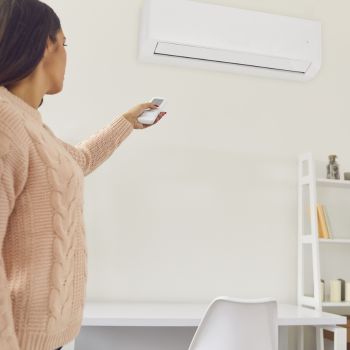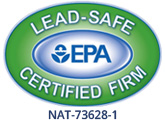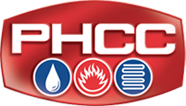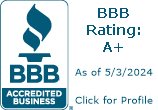Signs of Leaky Air Ducts
 A network of ducts within your HVAC system distribute heated or cooled air from the indoor and outdoor units. These ducts travel to multiple areas of your home or business, controlling temperature and creating a more comfortable environment.
A network of ducts within your HVAC system distribute heated or cooled air from the indoor and outdoor units. These ducts travel to multiple areas of your home or business, controlling temperature and creating a more comfortable environment.
Yet holes, disconnected segments and damage from pests may cause air to leak out. As such, turning on the air conditioning or furnace doesn’t do much but your electric bills creep higher. To help determine the cause, learn about the signs of leaky air ducts.
Higher Energy Bills
You have to use more power to control the inside temperature, which places greater strain on the HVAC system, yet rooms never feel quite warm or cool. These factors initially emerge as a jump in your monthly energy or heating bill.
What’s behind this effect? Your HVAC system operates in a cyclical manner, using the existing air to cool or heat and circulate. Leaky air ducts disrupt this process in two ways:
- Air from the attic and other less-visible parts of your home enters your ductwork. In turn, more air circulates through your ducts but it doesn’t actually get cooled or warmed. It might even use positive pressure to push out some of the temperature-controlled air circulating through your system.
- The air that does get warmed or cooled might end up migrating to areas where controlling the temperature isn’t necessary. These patterns mean your HVAC system works harder, you feel less of the warm or cool air, and you crank up the temperature to better cool or warm a room. As this occurs, the furnace or air conditioner requires more power to meet these demands.
More Dust in Your Home
You might notice a thin film of dust on the surfaces in your home and tell yourself that you’re not cleaning often enough or have left the windows open too long. Yet in reality, leaky air ducts may be releasing dust, debris and allergens into your home, pulling them from the attic or basement before they migrate to common areas. This pattern can aggravate allergies, asthma or trigger respiratory illnesses.
Along with spreading dust and allergens throughout your home, ducts also create a pathway for toxic fumes to travel from a storage area to other rooms. Together, these factors can significantly compromise indoor air quality.
Uneven Temperatures
When you move to another area of your home, you notice a significant change in temperature. In this case, leaky ducts divert more of the air to one space – causing it to feel warmer or colder than expected – and a smaller amount gets distributed throughout your house. This effect results in rooms with stagnant air that never warm or cool to the desired temperature.
HVAC System Failure
Your air conditioner or furnace breaks down for no apparent reason, when you’ve never had an issue before. Leaky ducts can quickly lead to equipment breakdown and system failure. Components work harder and quickly overheat, meanwhile certain areas get exposed to more debris and dust. The filters can’t always handle these demands and restrict airflow.
Physical Signs
Sometimes, you can spot the physical signs of damaged, leaky ducts, including loose connections between segments. You may also spot holes along the ducts or see strange bends and bulges. However, not all leaks are as obvious.
If you think your HVAC system may be leaking:
- Turn it all the way up.
- Place your hands near the joints along the ducts. If there’s a leak, you’ll feel air coming out of the joint.
- Consider using a smoke pencil. Your ducts will draw in any smoke generated and indicate if areas outside of a joint are torn or leaking.
Concerned about leaky ducts in your home or business? Contact the HVAC professionals at MJ Fahy & Sons to investigate the issue today!




